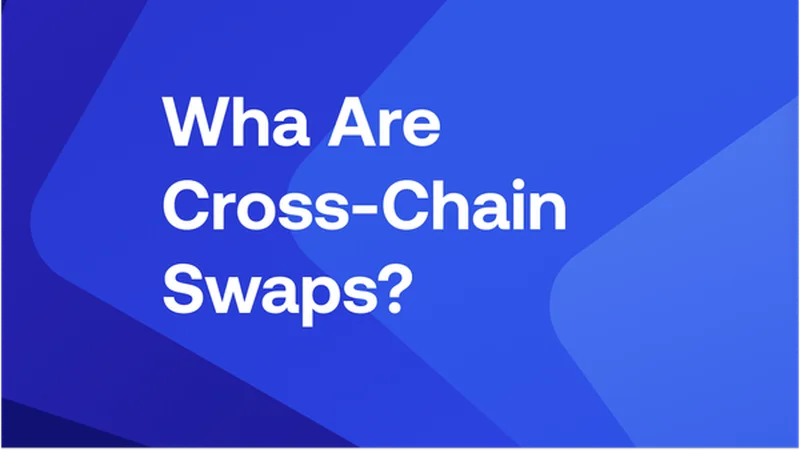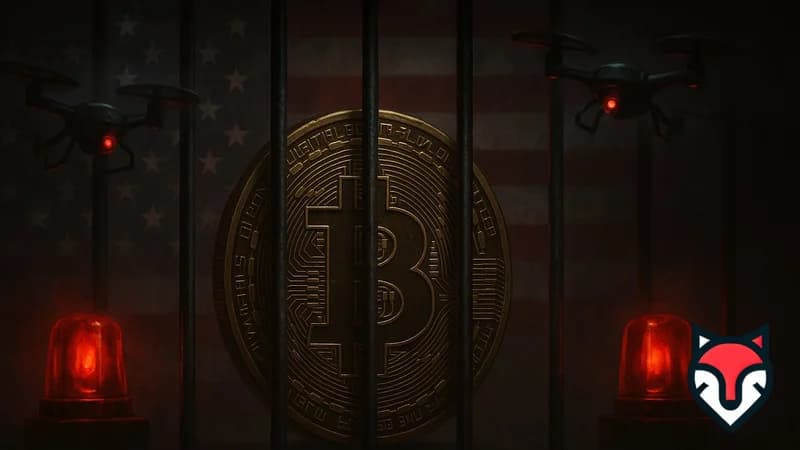Suggested
News
Last updated: Sunday, March 23, 2025

Cross-Chain DeFi - Integrating DeFi Across Multiple Blockchains
As of March 23, 2025, Cross-Chain DeFi is transforming decentralized finance by enabling seamless integration across multiple blockchain networks. No longer confined to a single chain like Ethereum, DeFi now spans ecosystems like Solana, Polygon, and Binance Smart Chain, unlocking unprecedented liquidity and innovation. Authored by cryptostats.xyz, this article explores how cross-chain DeFi works, its applications, benefits, and the challenges shaping its adoption in the multi-chain Web3 landscape.
What Is Cross-Chain DeFi?
Cross-Chain DeFi refers to decentralized finance applications that operate across multiple blockchains, allowing assets, data, and smart contracts to interact seamlessly. Traditional DeFi was siloed—Ethereum’s $50B TVL in 2025 dominates, but users on Avalanche or Solana were locked out. Cross-chain solutions use bridges, oracles, and interoperability protocols to connect these ecosystems, enabling a unified DeFi experience. Think of it as a financial internet where value flows freely between chains.
How It Works
The backbone of cross-chain DeFi is interoperability tech:
- Bridges: Lock assets on one chain (e.g., ETH on Ethereum) and mint wrapped versions (e.g., wETH) on another, like Polygon.
- Oracles: Chainlink’s CCIP feeds real-time data across chains, syncing prices and triggers.
- Smart Contracts: Multi-chain contracts coordinate actions—like swapping ETH for SOL—across networks.
In 2024, $15B+ flowed through bridges, per DeFiLlama, showing their critical role.

Applications and Benefits
Cross-chain DeFi unlocks powerful use cases:
- Liquidity Aggregation: Pools assets from Ethereum, Solana, and more—$3B TVL bridged in Q1 2025.
- Yield Optimization: Users farm high yields on Arbitrum, then shift to Osmosis instantly.
- Asset Diversity: Trade BTC, ETH, and SOL in one dApp without CEXs.
- Scalability: Offload Ethereum’s 15 TPS to Solana’s 50,000 TPS, cutting fees from $10 to $0.01.
This integration boosts efficiency and user flexibility.
Risks and Challenges
Despite its promise, risks persist:
- Bridge Hacks: $3.3B stolen since 2021—Ronin’s $600M loss in 2022 remains a stark reminder.
- Complexity: Multi-chain UX confuses novices; wallet management is a hurdle.
- Regulatory Gaps: Cross-jurisdictional transfers face scrutiny—EU eyes tighter rules by 2026.
Security and usability must evolve to sustain growth.
Latest Developments in 2025
Cross-chain DeFi is maturing:
- Chainlink CCIP: Secures $12B in cross-chain value with risk-managed bridges.
- LayerZero: Ultra-light nodes hit 1M daily messages across 20+ chains.
- Cosmos IBC: Links 50+ chains, processing 2M transactions daily.
Adoption soared—10% of DeFi TVL is cross-chain in 2025, up from 4% in 2023.
Conclusion
Cross-Chain DeFi in 2025 is Web3’s bridge to a unified financial future. By integrating ecosystems like Ethereum and Solana, it shatters silos, boosting liquidity and scalability. Yet, with $3B+ lost to hacks, security remains paramount. As protocols like Chainlink CCIP and Cosmos IBC advance, cross-chain DeFi could redefine finance—stay ahead with cryptostats.xyz!
Will cross-chain DeFi dominate Web3? Share your thoughts below!
Suggested Articles
For You
Related Articles
- Bluesky: The Decentralized Social Network Shaping the Future of Crypto and Web3
- Interoperability: How Polkadot and Cosmos Connect Blockchains in 2025
- Pi Network: Hype, Controversy, and Future Potential
- AI and Web3 Trends in 2025: Innovation or Tech Bubble?
- Cross-Chain Bridges - Connecting Blockchains and Their Associated Risks
- Flash Loans - Applications and Risks in DeFi Attacks
- Decentralized Identity (DID) - Authentication in DeFi
- On-Chain Derivatives - Blockchain-Based Financial Contracts
- Automated Market Makers (AMM) - Mechanism and Platforms like Curve and Balancer
- Liquidity Mining - Optimizing Returns from Providing Liquidity












